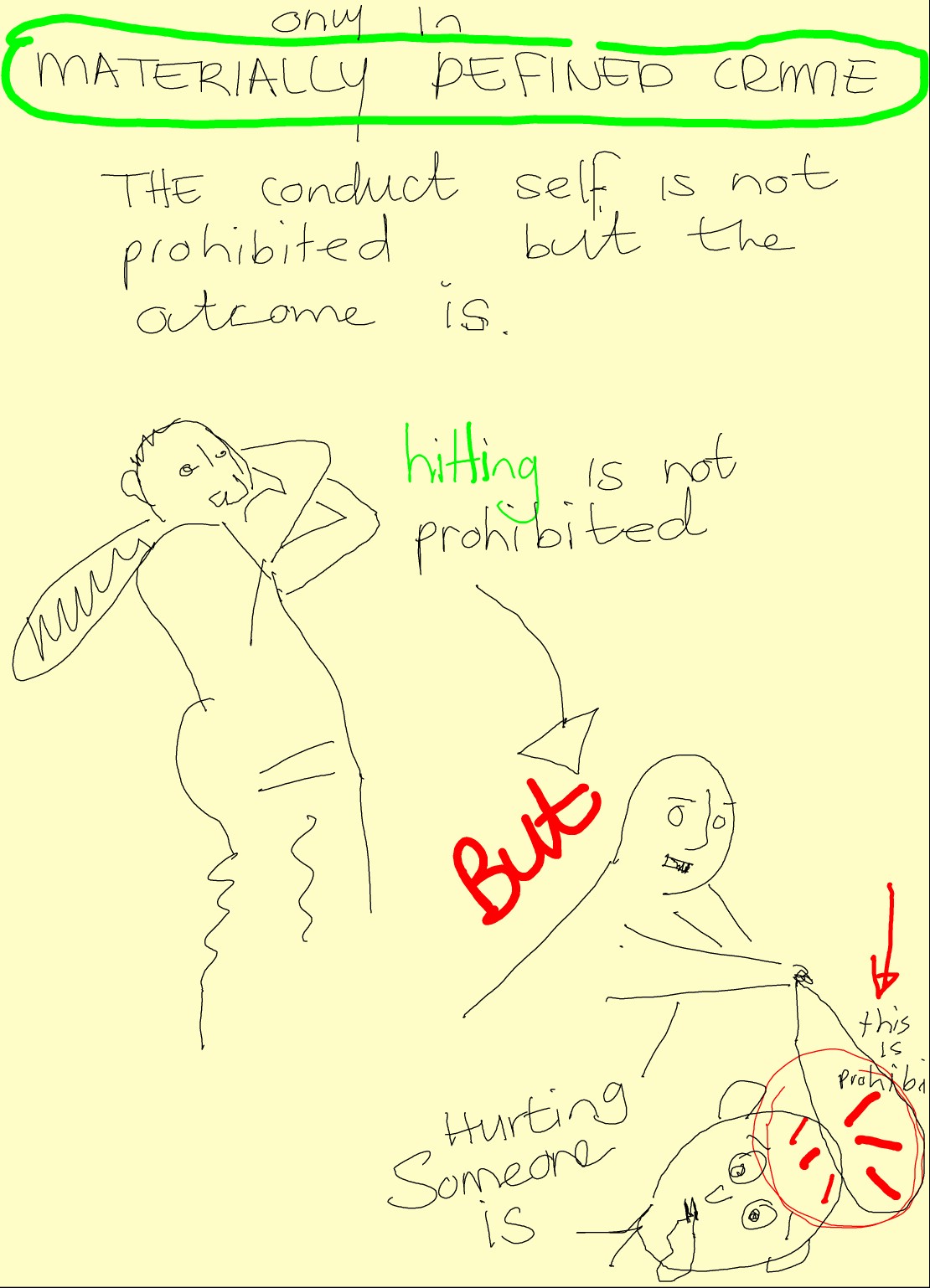
The adoption of circular causality allows for a systemic perspective of problems and solutions. Duane and his parents in troubling family system dynamic. Mark and Sheena’s response heighten Duane’s need for isolation, and Duane’s isolation heighten Mark and Sheena’s anxiety, and therefore their escalation. When Mark and Sheena raise their voices, Duane isolates. When Duane goes to his room and refuses to go to school, Mark and Sheena raise their voices and lecture him. An individual perspective holds the assumptions that a) problems are caused and maintained by the individual, through beliefs, biology, emotions, or other abnormal or unhelpful factors within the individual, and b) solutions are created and maintained by individuals changing their beliefs, emotions, or other abnormal or unhelpful factors within them, or their responses to these factors.Ī circular interpretation of problems translates into the following pattern: A influences B, and B influences A.

Linear causality often influences an individual perspective of problems and solutions. It is Duane’s isolation that is causing Mark and Sheena’s response. Linear CausalityĪ linear interpretation of problems translates into the following equation: A influences B, but B doesn’t influence A. His dog, Einstein, died two months ago, and Duane has gotten “progressively worse.” Mark and Sheena don’t know what to do to help Duane, and they’d like to initiate individual therapy for him. Duane is refusing to go to school, and is “depressed” according to his parents. Mark and Sheena are concerned about their son, seven year-old Duane. In order to aid my explanation, I’ll use a case example: Today’s topic is causality, and more specifically, the difference between linear and circular causality. Yes, you should! As long as you are interested in learning about systemic therapy, you will benefit from the information.

If you’re not a marriage and family therapist, you may be wondering if you should stick around and read this article. (As an aside, if you’re a marriage and family therapist, and you’ve never seen the genogram of the field, the AAMFT sells a poster copy.
#CAUSALITY PSYCHOLOGY HOW TO#
I’ve decided to begin a systemic therapy series to review the major concepts of systems theory, as well as how to begin and maintain the systemic perspective. Including the stories of MFT pioneers, the shift represented in the field from treating the individual to treating the system, and the core concepts that mark systemic thinking and systemic therapy. Lately, I’ve been reviewing the history of the marriage and family therapy (MFT) field.


 0 kommentar(er)
0 kommentar(er)
